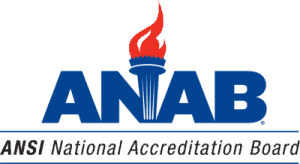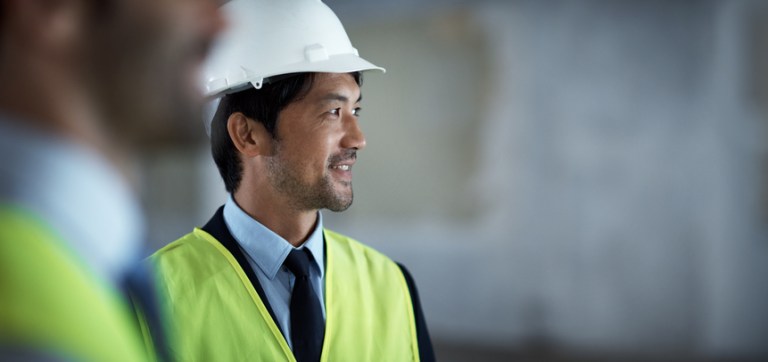Uncertain Measurement

We depend on devices and equipment to improve the quality of our lives. These products and equipment are manufactured, assembled, and tested to meet exacting requirements for their reliability and functionality. The great advancement of our industrial and electronic age has been the precision in which we are capable of manufacturing and mass-producing products so they are cost effective and capable.
This manufacturing capability depends on measurement. Think about automotive vehicles: less than 30 years ago manufacturers produced vehicles that had to be “adjusted” during assembly in order to achieve the fits and gaps of the exterior panels, having to “align” tires to account for the build-up of manufacturing tolerances in suspensions and the calibration of instrumentation to achieve correct values to operate the engine and components need for its operation. Today, we take for granted our ability to precisely and consistently measure products to make sure they meet ever tighter tolerances that allow for reliable and predictable performance.
During audits of manufacturers, ANAB observes that there is sometimes a lack of knowledge of what is necessary for a manufacturer’s metrology needs for their measuring equipment. Certification Bodies (CB) also seem less diligent in some cases about their thorough auditing of the requirements because the requirements are vague and the expectations are not clear.
Monitoring and Measurement in ISO 9001
ISO 9001 (and ISO 9001 based standards) includes verbiage about Monitoring and Measurement, but over the years this has lacked clarity. Clause 7.1.5 is now stated in such a way as to meet a multitude of organizations, but the manufacturers have much more stringent requirements than the words as stated.
Current ISO 9001 based QMS requirements state that for organizations doing Monitoring and Measuring: “shall determine and provide the resources needed to ensure valid and reliable results” and “are suitable for the specific type of monitoring and measurement activities being undertaken.”
Additionally, the documented information shall include “evidence of fitness for purpose of the monitoring and measurement resources”. When traceability of measurement is required to assure validity of the result, the “measurement equipment shall be against measurement standards traceable to international or national measurement standards; when no such standards exist, the basis used for calibration or verification shall be retained as documented information”
So, there are some questions:
How does an organization determine what is sufficient for “valid and reliable results”?
Does the equipment have to be calibrated to known and verified calibration procedures? Does the use of a calibration laboratory mean that the equipment is accurate and reliable? What are the requirements for the laboratory? Typically, an organization should have procedures on how to calibrate physical monitoring and measuring equipment. If the calibration is outsourced, does the outsourced entity have these procedures for the specific equipment being calibrated?
Where and how is “suitability” determined?
Many manufacturing organizations typically should have inspection or manufacturing plans that very clearly state when to use a specific piece of measuring equipment. Specific equipment should be based on the tolerances being measured and the ability of the measurement device to deliver a precise measurement accurately and repeatedly.
What is an acceptable “measurement standard”?
Are gauge blocks sufficient for all mechanical measurements? What about reference standards? When dealing with electronics you typically need another piece of “calibrated equipment” to measure electronic equipment. When using electronic equipment only serviced by the original equipment manufacturer (OEM), what is suitable? What data or records are required? When using special use gauges, how were they verified and validated? When looking at calibration reports / data, what is acceptable information? Accuracy, Precision, Repeatability? There is also the situation where the organization has tolerances of +/- 0.5 inch and they use a tape measure, and the auditor asks if it’s calibrated (seriously).
When software is involved, what evidence should be evaluated (CMM, test stands, etc.)? There is a big distinction between accredited and unaccredited laboratory calibration requirements. ISO 9001 Auditing Practices Group (APG) paper on Measurement traceability has good information.
How is calibration “frequency determined”?
What is it based on? For example, for equipment constantly in use (every day), time might be a good determiner, but is annually too little if a lot of product passes through before next calibration? If the equipment only is used twice a year, does it have to be calibrated annually? How does the organization make a determination?
Some customers do require the use of ISO 17025 accredited calibration laboratories for Monitoring and Measuring (M&M). Is the QMS evaluated for the customer requirements for M&M? When is an accredited calibration certificate required?
A few CB auditors spend countless hours recording gauge numbers for objective evidence in their reports, but failing to really understand if the organization’s measurement requirements are “adequate” for the products being produced. With recent concerns about “loose bolts” not being adequately tightened perhaps, we really need to pay attention to are we measuring accurately with qualified equipment.






